Reprogrammable RNA nanoparticles activate only in cancer cells to deliver targeted gene-silencing therapy while avoiding off-target effects, immune activation, and unnecessary drug exposure.
Category: Nanotech
-
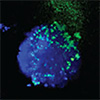
Smart RNA nanodevices reprogram themselves to silence genes in cancer cells
-
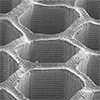
3D printing method enables precise design of high-strength custom metal alloys
Researchers developed a 3D printing-based method to tailor metal alloys by composition and structure, creating stronger, application-specific materials.
Continue Reading
-
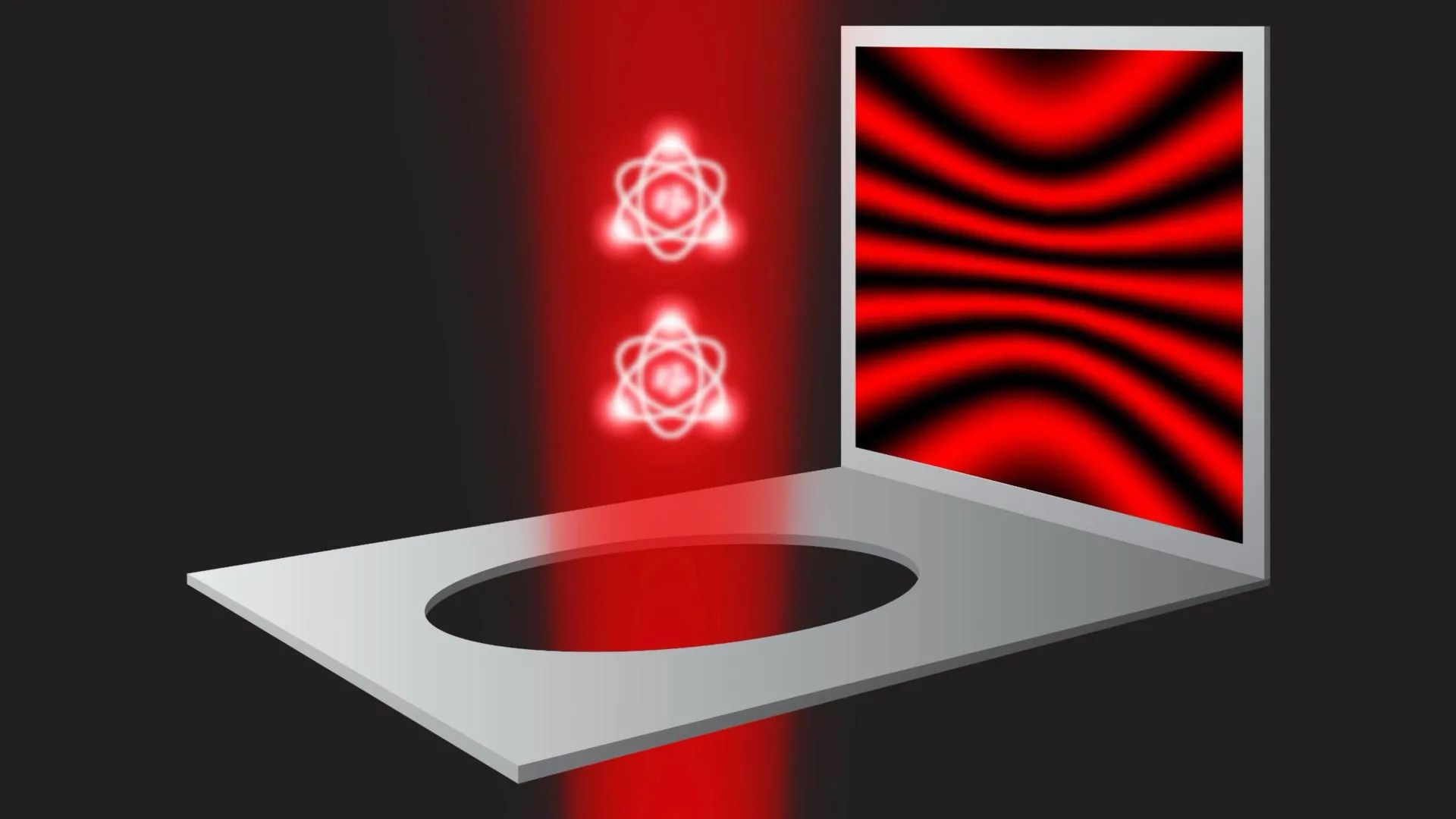
Einstein was wrong: MIT just settled a 100-year quantum debate
MIT physicists have performed an idealized version of one of the most famous experiments in quantum physics. Their findings demonstrate, with atomic-level precision, the dual yet evasive nature of light. They also happen to confirm that Albert…
Continue Reading
-
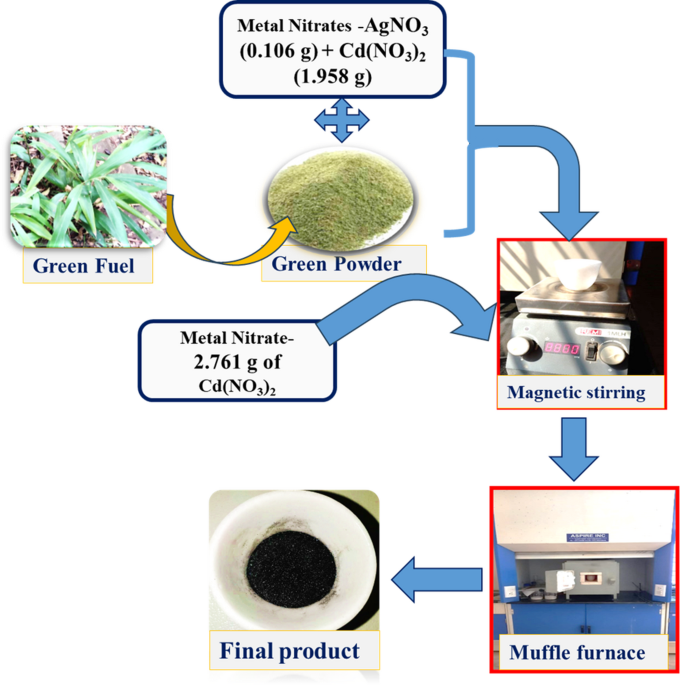
Emerging applications of sustainable modified CdO/Ag-CdO NPs for electrochemical sensitive and selective detection of mercury (Hg+) heavy metal
Shruthi, K. S. et al. Bio-mediated synthesis of Zr2+-doped MoO3 nps: its enhanced electrochemical sensing actions, antibacterial and photocatalytic applications. J. Mater. Sci: Mater. Electron. 35, 2024 (2010).
Continue Reading
-
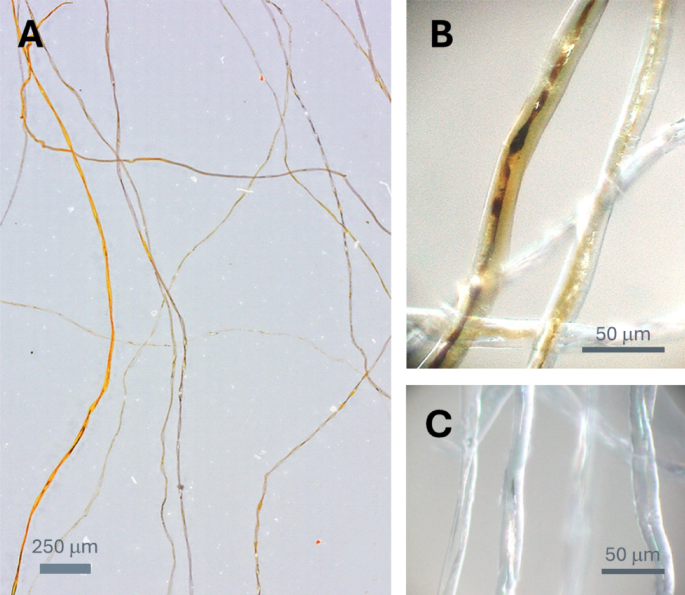
Nanoengineered cotton wipes for antiviral protection and environmental compatibility
Ag nanoengineering of cotton fibers
Figure 1A shows an optical microscopy image of the longitudinal view of Ag-nanoengineered cotton fibers. The incorporation of Ag nanoparticles within the cotton fibers altered their coloration, producing hues…
Continue Reading
-
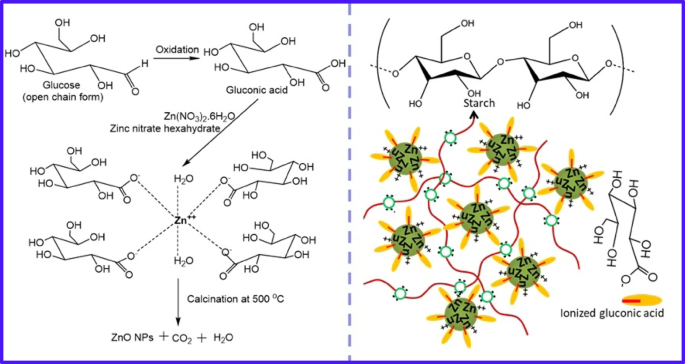
Microwave assisted starch stabilized green synthesis of zinc oxide nanoparticles for antibacterial and photocatalytic applications
Zhang, L. et al. Nanoparticles in medicine: therapeutic applications and developments. Clin. Pharmacol. Ther. 83, 761–769. https://doi.org/10.1038/sj.clpt.6100400 (2008).
Google Scholar
Gebre,…
Continue Reading
-
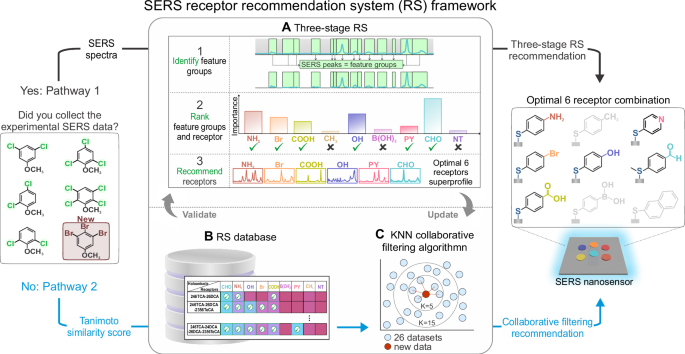
Chemistry-informed recommender system to predict optimal molecular receptors in SERS nanosensors
Elucidating receptor-haloanisole interactions
To establish our dataset, we prepare nine types of molecular receptor-functionalized SERS substrates, using Ag nanocubes as building blocks (edge length = 115 ± 5 nm; Fig. 2A). These small…
Continue Reading
-
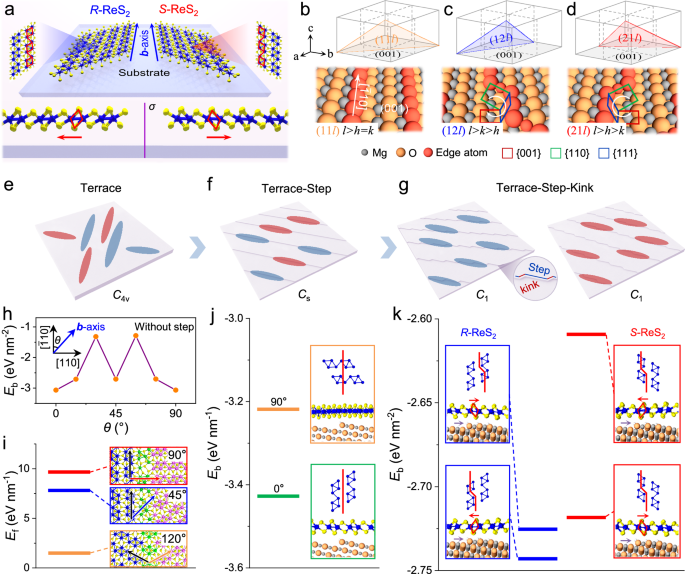
Chirality-transferred epitaxy of circular polarization-sensitive ReS2 monolayer single crystals
Terrace-step-kink strategy of substrate design
Considering crystal structure, physical properties, and material costs, MgO, a binary cubic system with high chemical and thermal stability, was selected as the substrate. Its insulating…
Continue Reading
-
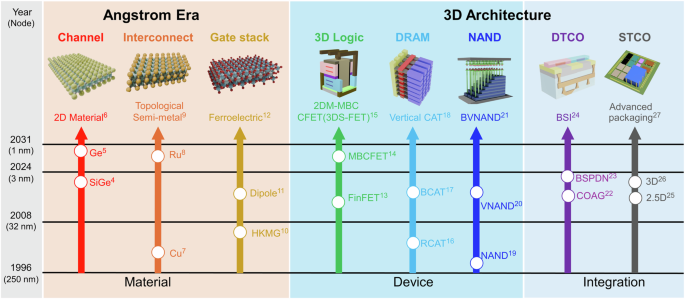
Enabling the Angstrom Era: 2D material-based multi-bridge-channel complementary field effect transistors
Waldrop, M. M. The chips are down for Moore’s law. Nature 530, 144 (2016).
Uchida, K. et al. Experimental study on carrier transport mechanism in ultrathin-body SOI nand p-MOSFETs with SOI…
Continue Reading
-
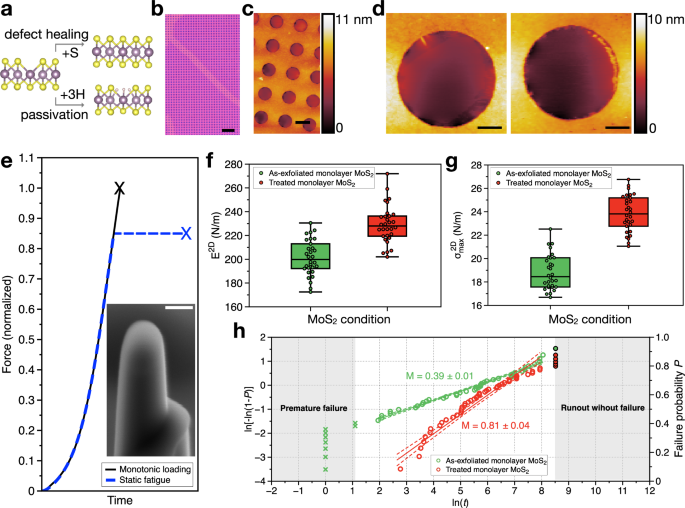
Mechanically reliable and electronically uniform monolayer MoS2 by passivation and defect healing
Static fatigue reliability
Monolayer MoS2 samples were prepared by mechanical exfoliation following the deposition of a 2.5 nm Ti adhesion layer and a 7.5 nm Au layer on SiO2/Si substrates containing hundreds of patterned holes (Fig. 1b-d)42….
Continue Reading